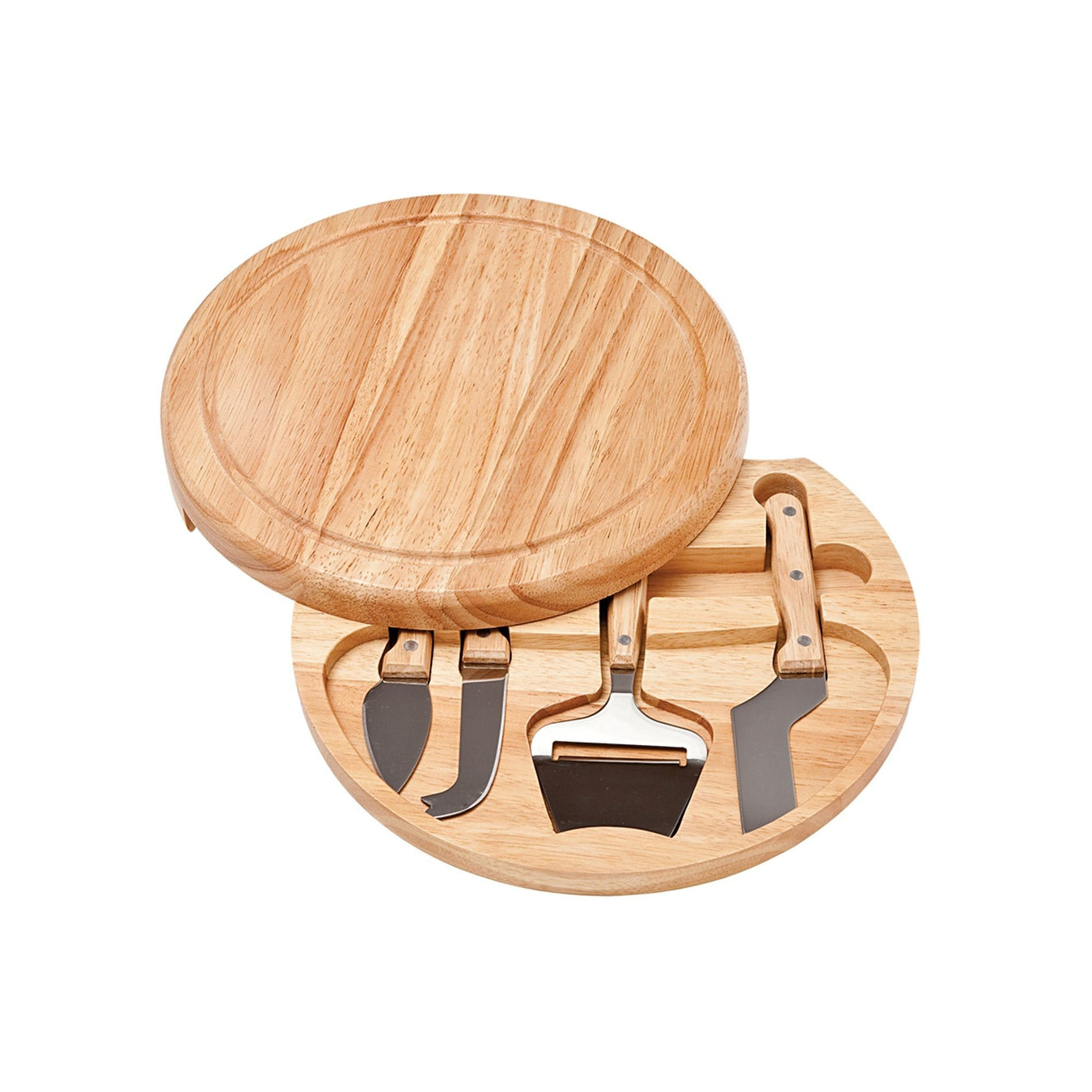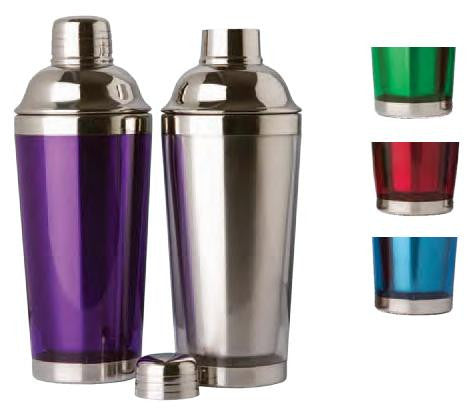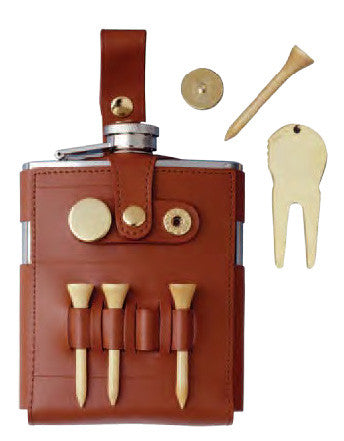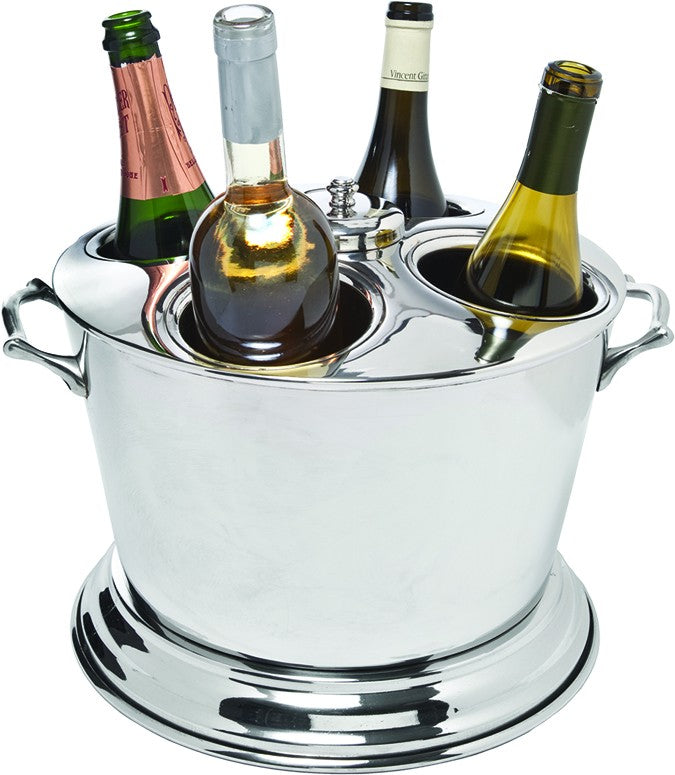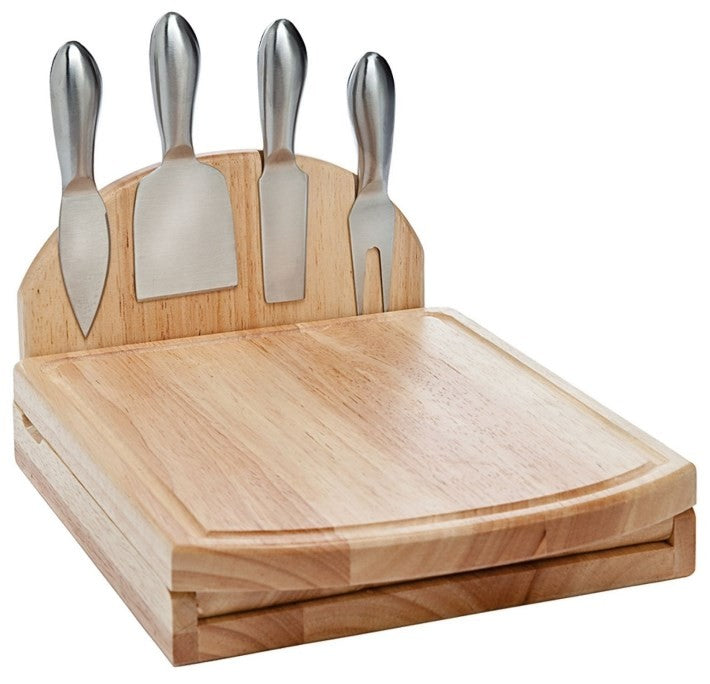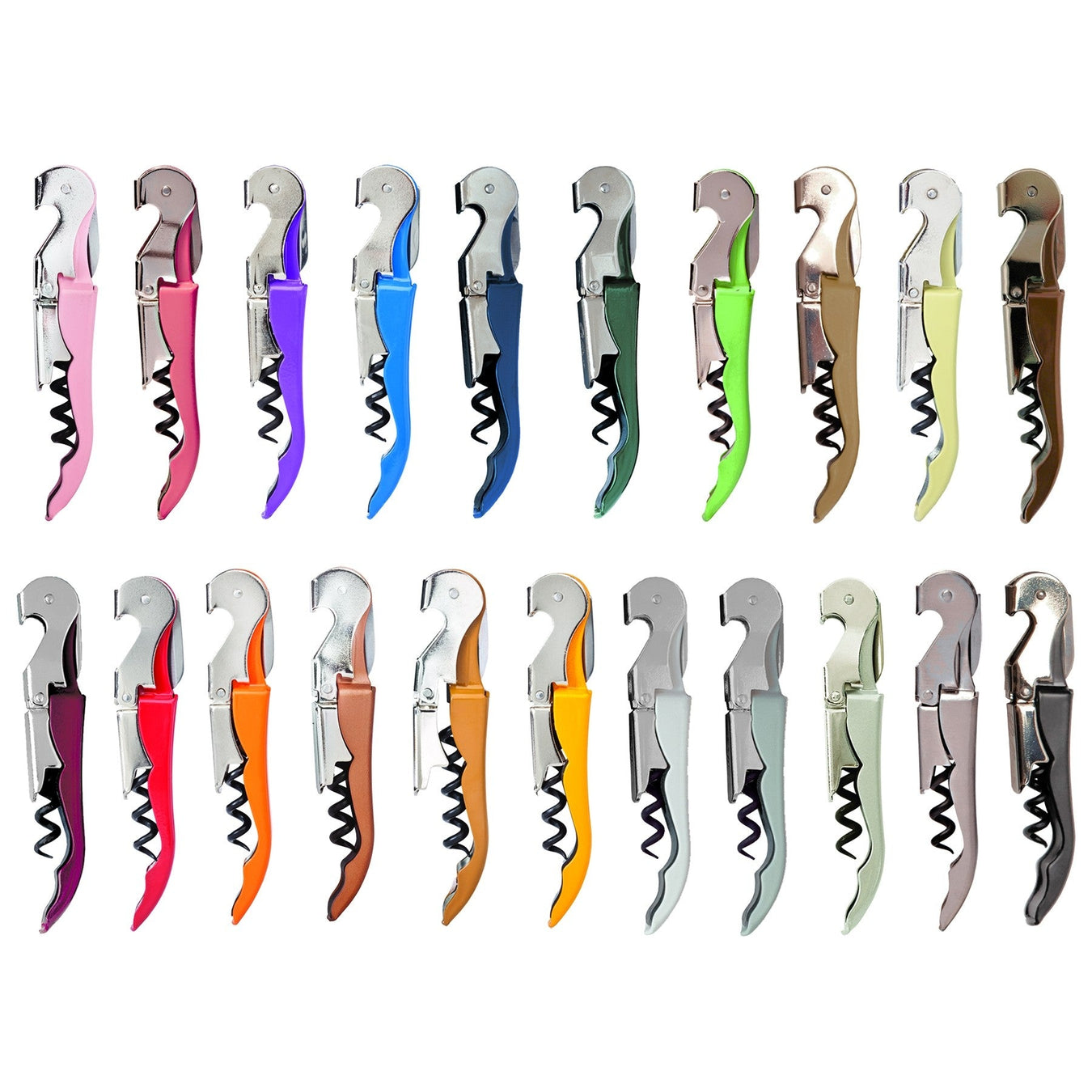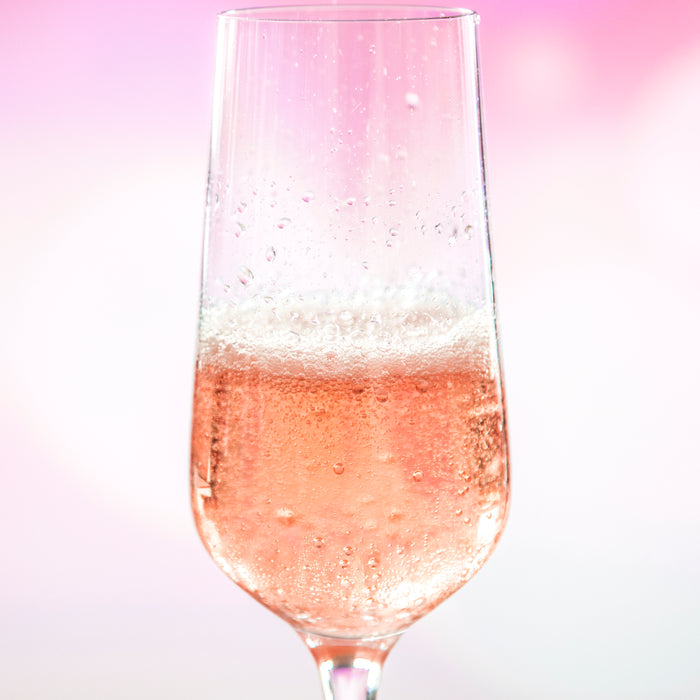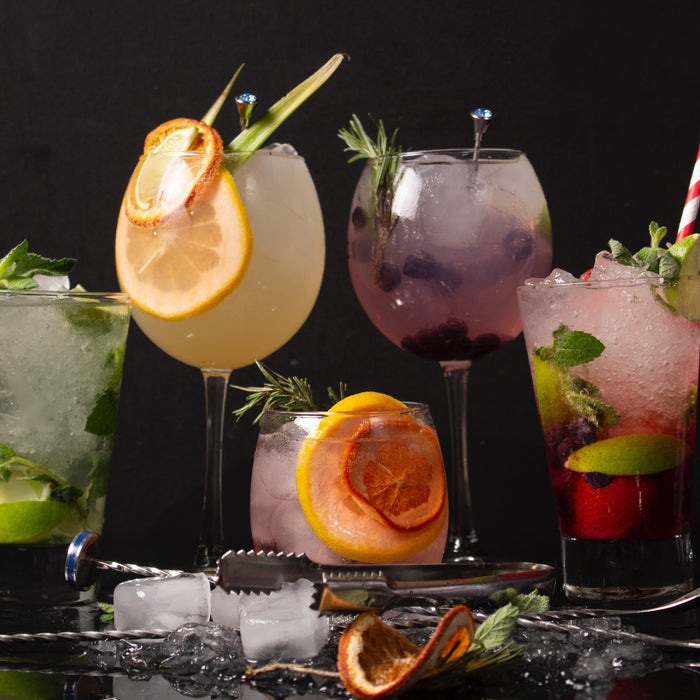Wine enthusiasts understand the pivotal role that proper aeration plays in enhancing the flavors and aromas of different types of wines. Whether you're indulging in a rich red or savoring a crisp white, the way you aerate your wine can significantly impact your tasting experience.
In this comprehensive guide, we'll dive into the world of wine aeration and explore how to aerate various types of wines effectively.
What is Aeration?
Aeration, also known as decanting, is the process of exposing wine to oxygen, which allows it to breathe and develop its full range of flavors and aromas. While some wines benefit from extended aeration, others require a gentler approach. Understanding the nuances of aeration can help you unlock the hidden treasures of your favorite bottles.
How to Aerate Different Types of Wines?
Aeration is like a breath of fresh air for red wines. When the wine interacts with oxygen, volatile compounds are released, which helps to amplify its aromas and flavors. This is particularly important for young red wines that may initially exhibit tight and closed-off characteristics. Aeration can help open up the wine, allowing the bouquet to blossom and the taste profile to become more complex and inviting.
Wine aeration techniques can vary based on the type of wine you're dealing with. Here's a breakdown of how to aerate different types of wines to maximize their potential:
How to Aerate Red Wine
Red wines, known for their bold and complex flavors, often benefit from robust aeration.
Follow these steps to aerate red wines effectively:
-
Open the Bottle: Uncork the red wine bottle at least 30 minutes before serving. This allows oxygen to gradually mix with the wine.
-
Decanting: Pour the wine into a decanter, allowing it to come into contact with more air. The larger surface area accelerates the aeration process.
-
Swirling: Gently swirl the wine in your glass to introduce more oxygen. This action enhances the wine's bouquet and brings out its aromas.
Young vs. Aged Red Wines
Young red wines, especially those high in tannins, can benefit greatly from aeration. The exposure to air softens the tannins and opens up the wine's flavors. Aged red wines might not require as much aeration, but still benefit from a gentle swirl to release their complex aromatics.
Patience is Key
Allow the red wine to rest for a few minutes after decanting before indulging in your first sip. This time lets the flavors harmonize.
How to Aerate White Wine
Aeration is a crucial process in enhancing the flavors and aromas of white wines. While often associated with red wines, white wines can also benefit from aeration, albeit in a slightly different manner. White wines are lighter and more delicate, requiring a more subtle approach to aeration.
Here's how to enhance white wine flavors:
-
Chilling and Opening: Refrigerate the white wine to the ideal temperature. Open the bottle shortly before serving to let it breathe slightly.
-
Glass Swirl: Swirl the wine gently in your glass to expose it to a controlled amount of oxygen. This maintains the wine's crispness while enhancing aromas.
-
Sip and Savor: As you sip the white wine, pay attention to how the flavors evolve. White wines often change as they gradually aerate in the glass.
Temperature Consideration
The temperature at which you serve the white wine can influence how it aerates. Slightly warmer temperatures can help release the aromas more effectively. However, be cautious not to over-chill the wine.
Young vs. Aged White Wines
Aeration can have varying effects on different types of white wines. Young, crisp white wines may benefit from a brief period of aeration to enhance their aromatics, while aged white wines with more complex flavors might require more extended aeration to fully express their nuances.
How to Aerate Rosé Wines
Rosé wines offer a balance between red and white wines. Aerating rosé wines can enhance their aromas and flavors, much like with red and white wines. While rosé wines are generally lighter in body and often made from red grape varieties, they can still benefit from aeration to fully showcase their characteristics.
Here's how to optimize their flavors:
-
Cool and Pour: Chill the rosé wine and pour it into glasses. The act of pouring introduces some aeration.
-
Slight Swirl: Give your glass a gentle swirl to release subtle aromas without overwhelming the wine's delicate characteristics. Swirling the rosé wine in your glass is a simple and effective way to introduce air and encourage aeration. Gently rotate the glass in a circular motion, allowing the wine to come into contact with air. This helps release the wine's aromatic compounds and enhance its bouquet.
-
Enjoy Gradually: Rosé wines can evolve in the glass, so take your time sipping and noticing how the flavors develop.
Temperature Consideration
Rosé wines are often served chilled, and this temperature can influence how the wine aerates. While you might not want to warm the wine significantly, allowing it to come up to a slightly cooler-than-usual serving temperature can help its aromas and flavors become more pronounced during aeration.
Gentle Aeration for Light Rosés
Keep in mind that not all rosé wines require extensive aeration. Lighter, delicate rosés might not need as much aeration as fuller-bodied or more complex varieties. It's a good idea to start with gentle swirling and observe how the wine's characteristics evolve.
How to Aerate Sparkling Wines
Sparkling wines, like Champagne, require a unique approach to aeration. Aerating sparkling wines, such as Champagne or other types of sparkling wine, involves a slightly different approach compared to still wines. Sparkling wines are known for their effervescence, and preserving their bubbles is a key part of their appeal. However, there are ways to enhance the aromatic experience of sparkling wines without losing too many bubbles.
Preserve their effervescence while enhancing their taste:
-
Chill and Pop: Chill the sparkling wine to the right temperature. When opening, do it gently to prevent excessive loss of bubbles. Start by chilling the sparkling wine to the appropriate serving temperature. This is usually around 45-50°F (7-10°C) for most sparkling wines. Proper chilling helps retain the bubbles and prevents excessive foaming when opened.
-
Wide-Bowl Glasses: Use wide-bowl Champagne glasses to allow for some aeration without losing the wine's signature bubbles. While traditional champagne flutes are designed to preserve the bubbles, using a wider-bowl flute or tulip-shaped glass can provide a bit more space for the wine to interact with air without losing too many bubbles. These glasses can enhance the wine's aroma and flavor without completely flattening it.
-
Savor Bubbles: As you sip, the bubbles will bring various flavors to the surface. Pay attention to how aeration affects the taste journey.
Pouring Technique
When pouring sparkling wine, especially if you want to enhance its aeration, use a gentle and controlled pouring technique. Hold the glass at an angle and pour slowly down the side of the glass to minimize bubble disruption.
FAQs
Can I over-aerate my wine?
Yes, over-aerating can lead to the loss of delicate flavors and aromas. It's essential to follow recommended aeration times for each wine type. Over-aerated wine can lose its aroma and become flat. If this happens, let the wine rest for a while before enjoying.
Does the age of the wine influence aeration time?
Yes, older wines often require longer aeration periods to soften tannins and release complex aromas.
How long should I decant a bold red wine?
Generally, 15-30 minutes is suitable for most reds, but very robust wines might benefit from longer aeration periods.
Are there wines that don't need aeration?
Light and delicate wines, like Beaujolais Nouveau, are typically enjoyed without extensive aeration.
Is there an alternative to using a decanter?
Absolutely! Wine aerators attach to the bottle's neck, introducing air as you pour, achieving a similar effect to decanting.
Can I aerate white wines like I do with reds?
White wines benefit from aeration but require shorter aeration times. Aerate gently to preserve their delicate flavors.
Can I use a blender to aerate my wine?
It's not recommended. Blenders introduce too much air too quickly, which can lead to over-aeration and negatively impact the wine's profile.



